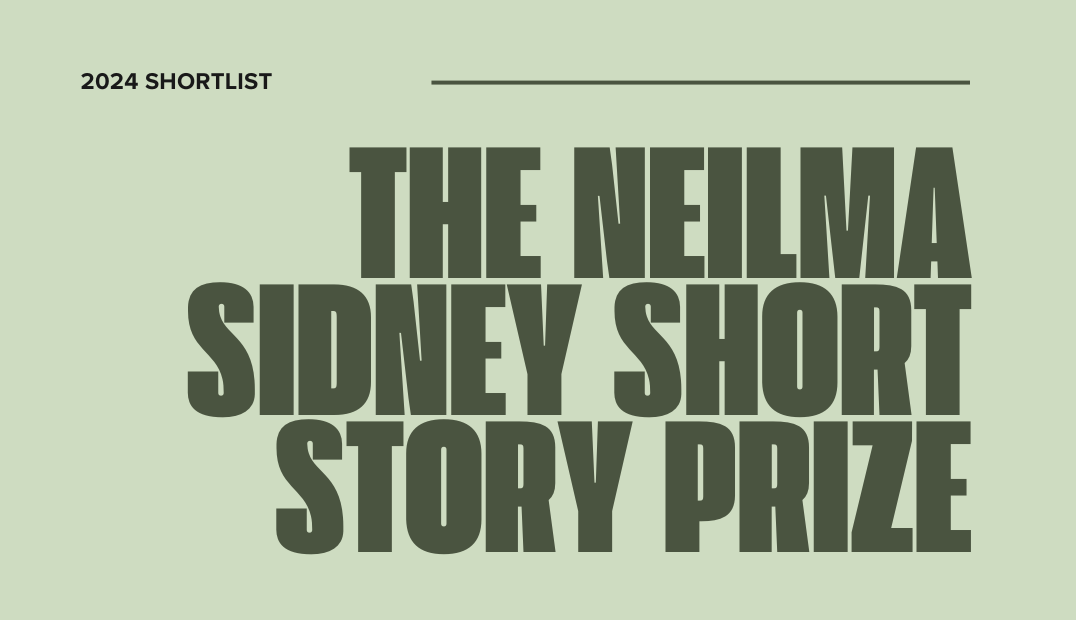Margaret Simons has a corker of a story in today’s Crikey:
Keith Windschuttle, the editor of the conservative magazine Quadrant, has been taken in by a hoax intended to show that he will print outrageous propositions.
This month’s edition of Quadrant contains a hoax article purporting to be by “Sharon Gould”, a Brisbane based New York biotechnologist.
But in the tradition of Ern Malley – the famous literary hoax perpetrated by Quadrant’s first editor, James McAuley – the Sharon Gould persona is entirely fictitious and the article is studded with false science, logical leaps, outrageous claims and a mixture of genuine and bogus footnotes.
In accepting the article, Keith Windschuttle said in an email to “Sharon Gould”:
I really like the article. You bring together some very important considerations about scientific method, the media, politics and morality that I know our readers would find illuminating.
“Gould’s” article, which is blurbed on the front cover of Quadrant and reproduced online, (subscribers only) argues for the insertion of human genes in to food crops, insects and livestock.
It contains the bogus claim that the Commonwealth Scientific and Industrial Research Organisation planned to commercialise food crops engineered with human genes, but abandoned the projects because of “perceived moral issues”.
The hoaxer, who intends to remain anonymous, has provided details of how the hoax was constructed, including a blog-style Diary of A Hoax, liberally studded with ironic quotations from Ern Malley’s poetry.
In normal circumstances, you’d feel a certain sympathy for an editor thus taken in. Most small journals (like, say, Overland) can’t afford fact checkers, and the refereeing process depends on academics freely giving of their time to study a manuscript. It’s all too easy to publish bogus material.
But this is Keith Windschuttle, a man who made his reputation scouring footnotes and then accusing their authors of overt fraudulence. If, say, this had been an article documenting Aboriginal massacres, he’d have been all over the references like a rash. Clearly, he let this one go through because he agreed with its politics — precisely the accusation he made of others during the History Wars. In this case, if you live by the footnote, you die by the footnote.





